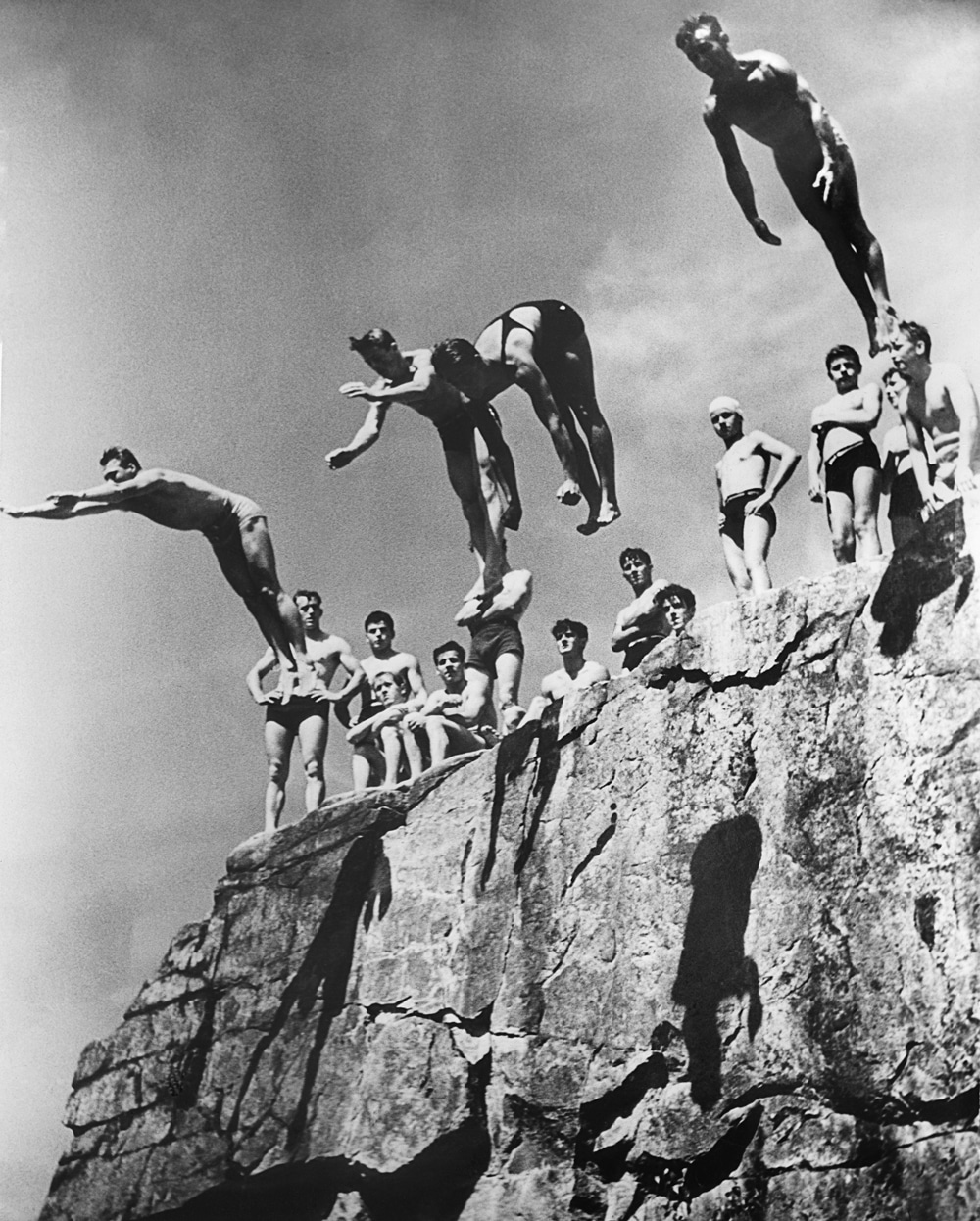Depth of Field | Timeless New England
For as long as there have been coffee tables, it seems, there have been New England coffee table books. With the subject itself doing much of the heavy lifting—providing glowing fall foliage, romantic lighthouses, and neat-as-a-pin town greens—photographers have flocked to this area as persistently as gulls. Native son Arthur Griffin, born in Lawrence, Massachusetts, […]

Coffee By Design | Portland, Maine
Photo Credit : Katherine Keenan
Photo Credit : Quincy Quarry © Arthur Griffin, Courtesy of the Griffin Museum of Photography
For as long as there have been coffee tables, it seems, there have been New England coffee table books. With the subject itself doing much of the heavy lifting—providing glowing fall foliage, romantic lighthouses, and neat-as-a-pin town greens—photographers have flocked to this area as persistently as gulls.
Native son Arthur Griffin, born in Lawrence, Massachusetts, in 1903, was the first to publish an all-color photo book on the New England landscape, in 1962. Though he’d been an accomplished photojournalist for nearly three decades, that book—titled simply New England—and two more that followed helped establish him as “New England’s photographer laureate.” His poetic landscapes became ubiquitous, shaping the way people everywhere saw this region. As one biographer wrote in 1994, “It is a rare home that does not have an Arthur Griffin photograph from a telephone book, calendar, annual report, magazine, or book.”
But Griffin, who passed away in 2001, left a legacy that goes beyond scenic beauty. Among New England’s early photojournalists, he was the first to use a 35mm camera; he was also a pioneer in color film, shooting the first color picture published by the Boston Globe (and, incidentally, by this magazine). He was a master of human moments, as seen in the divers suspended thrillingly in midflight in Quincy Quarry; the balletic pose of Ted Williams in The Swing; and even the skinny but game little kid dwarfed by his boxing gloves in Young Boxer, Charlestown Boys Club.
Most of all, Griffin was passionate about sharing his art. In 1992 he founded a nonprofit center in Winchester, Massachusetts, to archive his 75,000 images and to host rotating exhibits. Today it has grown into the Griffin Museum of Photography, which showcases established and emerging artists from around the world—including many who grew up right here, in the landscape Griffin knew and loved so well. —Jenn Johnson







